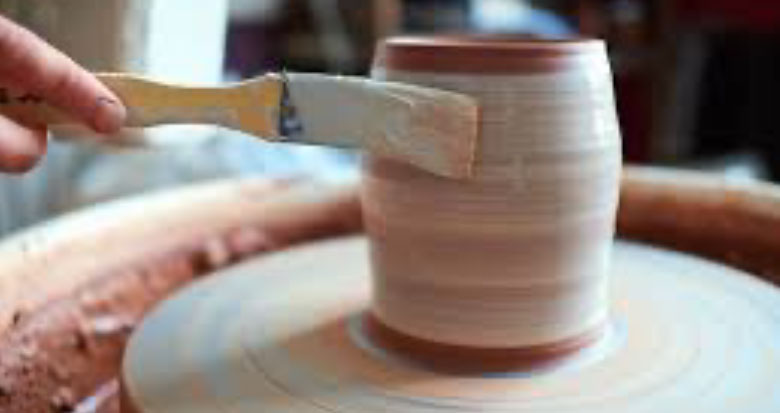The addition amount of sodium carboxymethyl cellulose affects its concentration in the glaze slurry, and the viscosity of the glaze slurry increases as the amount of CMC added increases.

The principle for determining the amount of addition is:
1. Determine the amount of CMC added according to the glaze formula. The content of plasticizing raw materials in the glaze is high, and the amount of CMC added is small. On the contrary, the added amount of CMC is large.
2. Determine according to the glaze slurry process parameters. For glaze slurries that require strong preparation power and slow drying speed, the added amount of CMC should be higher, and vice versa.
3. Determine based on the CMC viscosity used. When the viscosity of CMC is high, the added amount is small, and when the viscosity is low, the added amount is large.
4. Determine the addition amount based on the experimental results.
Generally, the addition amount of low cellulose methylcellulose CMC is 0.2-0.5%;
The addition amount of medium viscosity and high viscosity methylcellulose CMC is 0.1-0.3%.

In addition, the amount of CMC added changes with seasonal changes. When the temperature is high in summer, the viscosity of CMC solution decreases as the temperature increases, so the amount of CMC added in summer should be appropriately higher than in other seasons. In the rainy season, the air humidity is high, the surface of the embryo body is moist, and the embryo dries slowly. Therefore, the drying speed of the glaze slurry should be increased, and the amount of CMC added should also be appropriately reduced.
For more questions about Sodium CMC application, please feel free to contact us.If you have any demand for Sodium CMC, please don’t hesitate to contact SINOCMC.
SINOCMC Team
